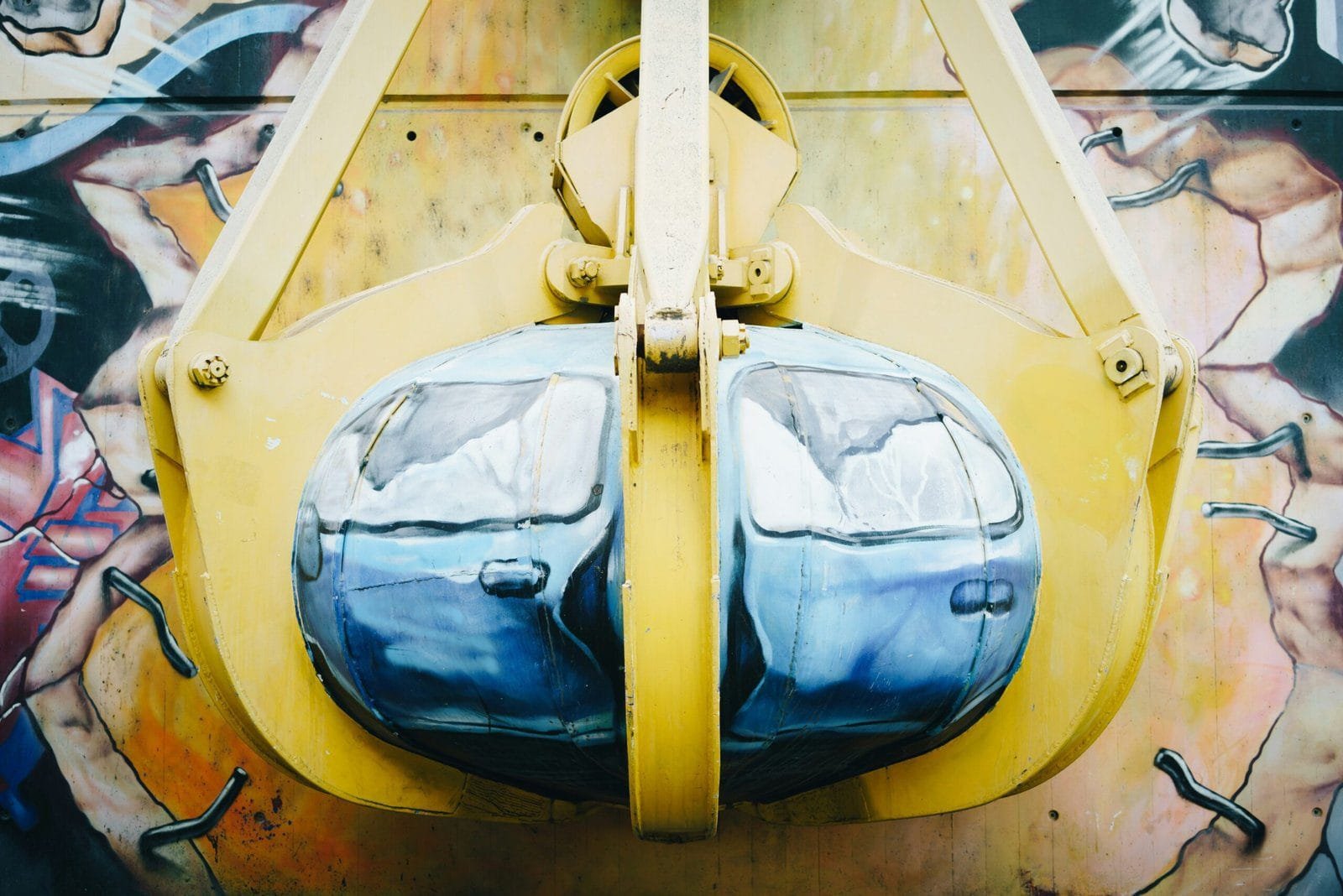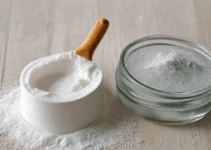Before you begin hanging drywall
Before you begin hanging drywall, it’s important to gather all the necessary tools and materials. This will ensure that you have everything you need to complete the project efficiently. Here’s a list of the essential items you’ll need:

- Drywall sheets
- Drywall screws
- Joint compound
- Drywall tape
- T-square or straightedge
- Utility knife
- Measuring tape
- Screw gun or drill
- Hammer
- Drywall saw
- Sanding block or sandpaper
- Corner bead
- Joint knives
- Drywall lift (optional)
Read this article and do not forget to check this channel “Nestrs, LLC” for other amazing videos:
https://www.youtube.com/@Nestrs
How To Hang Drywall for Beginners | Nestrs (video)
NEXT:
Once you have all the necessary tools and materials, it’s time to prepare the room for drywall installation. Start by removing any existing wall coverings, such as wallpaper or old drywall. Make sure to also remove any nails or screws from the studs.
Next, inspect the studs and make any necessary repairs. Replace any damaged or rotten studs, and reinforce any weak areas. It’s important to have a solid and even surface to attach the drywall to.
After preparing the room, you can begin measuring and cutting the drywall sheets. Start by measuring the height and width of the walls, and then transfer these measurements onto the drywall sheets. Use a T-square or straightedge to ensure straight and accurate cuts.
Once the drywall sheets are cut, you can start hanging them on the wall. It’s best to start from the top and work your way down. Use a screw gun or drill to attach the drywall to the studs, making sure to place screws every 12 inches along the edges and every 16 inches in the field. Be careful not to over-tighten the screws, as this can cause the drywall to break or crack.
After hanging the drywall, it’s time to tape and mud the seams. Apply a thin layer of joint compound along the seams, and then place the drywall tape over the compound. Use a joint knife to smooth out any air bubbles or excess compound. Repeat this process for all the seams, and then let the compound dry completely.
Once the compound is dry, you can sand the seams to create a smooth and seamless finish. Use a sanding block or sandpaper to gently sand the seams until they are flush with the surrounding drywall. Be careful not to sand too much, as this can damage the drywall.
Finally, you can apply a second coat of joint compound to the seams and any imperfections on the drywall. Use a wider joint knife to spread the compound evenly, and then let it dry. Sand the second coat of compound once it’s dry, and then you’re ready to prime and paint the drywall.
By following these steps and using the right techniques and tools, you can hang drywall like a pro and achieve a professional-looking finish for your renovation project. So don’t be intimidated by the task – with a little practice and patience, you’ll be able to tackle any drywall installation with confidence!
Gather the Essential Tools and Materials
Before you begin hanging drywall, it’s important to gather all the necessary tools and materials. Here’s a list of what you’ll need:
- Drywall sheets: These are large rectangular panels made of gypsum that form the primary surface of your walls or ceilings.
- Drywall screws: These are specially designed screws that are used to secure the drywall sheets to the studs or joists.
- Tape measure: This is an essential tool for accurately measuring the dimensions of the area where you will be installing the drywall.
- T-square: This tool helps you make straight and precise cuts in the drywall sheets.
- Drywall saw: This saw is used to cut through the drywall sheets when making cutouts for electrical outlets, windows, or other fixtures.
- Drywall rasp: This tool is used to smooth out rough edges and uneven surfaces on the cut edges of the drywall sheets.
- Cordless drill: A cordless drill with a screwdriver bit is used to drive the drywall screws into the studs or joists.
- Drywall lift (optional, but highly recommended): This device is used to lift and hold the drywall sheets in place while you secure them.
- Joint compound: Also known as mud, this is a paste-like material used to cover the seams between the drywall sheets and create a smooth surface.
- Drywall knife: This tool is used to apply and smooth the joint compound, as well as cut the tape used to reinforce the seams.
- Sanding block: After the joint compound has dried, a sanding block is used to smooth out any imperfections and create a seamless finish.
- Paint or wallpaper (for finishing): Once the drywall is installed and finished, you can apply paint or wallpaper to complete the look of your walls or ceilings.
Once you have all the necessary tools and materials, you’re ready to move on to the next step.
Now that you have gathered all the essential tools and materials for hanging drywall, it’s important to ensure that you have everything you need before you start the installation process. Having all the necessary tools and materials on hand will save you time and effort, allowing you to complete the project efficiently. Make sure to check the quantities of each item to ensure that you have enough to cover the entire area you plan to drywall. It’s also a good idea to have some extra drywall sheets, screws, and joint compound in case of any mistakes or unexpected issues that may arise during the installation process.
Before you begin, take some time to familiarize yourself with each tool and its purpose. This will help you work more confidently and effectively. Additionally, ensure that your workspace is clean and free of any debris or obstacles that may hinder your progress. Having a clear and organized workspace will make the installation process smoother and safer.
Remember, hanging drywall requires precision and attention to detail. Measure twice and cut once to ensure accurate and seamless installations. Take your time and work carefully to achieve professional-looking results. With the right tools and materials, along with proper planning and execution, you’ll be well on your way to successfully hanging drywall in your space.
Measure and Cut the Drywall Sheets
The first step in hanging drywall is to measure and cut the drywall sheets to fit the dimensions of your walls or ceiling. Use a tape measure to accurately measure the height and width of the area where you’ll be installing the drywall. Make sure to account for any obstacles such as windows, doors, or corners that may require additional cuts or adjustments.
After measuring the dimensions, transfer these measurements onto the drywall sheets using a T-square and a pencil. The T-square will ensure that your lines are straight and square, resulting in a professional-looking installation. Take your time with this step, as accuracy is crucial for a seamless finish.
Next, it’s time to cut the drywall sheets. Using a drywall saw, carefully follow the marked lines to make your cuts. It’s important to maintain a steady hand and use smooth, continuous strokes to achieve clean edges. If you encounter any electrical outlets or switches, take extra caution and use a drywall saw or a utility knife to carefully cut around them, ensuring a precise fit.
As you progress with cutting the drywall sheets, label each piece according to its intended location on the wall or ceiling. This will make the installation process more efficient and organized, especially if you have multiple sheets to work with.
Once you have all the drywall sheets cut to size and labeled, you’re ready to move on to the next step of the installation process.
Hang the Drywall Sheets
Now it’s time to hang the drywall sheets. This is where a drywall lift comes in handy, especially if you’re working on a ceiling. A drywall lift will help you hold the drywall sheet in place while you secure it.
Start by positioning the first drywall sheet against the wall or ceiling, making sure it’s flush with the edges. Use a cordless drill to insert drywall screws every 12 inches along the studs or joists. Make sure to sink the screws slightly below the surface of the drywall without breaking the paper.
As you hang the drywall sheets, it’s important to consider any electrical outlets or switches that may be present on the wall. Measure and mark their locations on the drywall before cutting out the necessary openings using a drywall saw or utility knife.
Continue hanging the remaining drywall sheets, making sure to leave a small gap between each sheet to allow for expansion. This gap can be filled later with joint compound. Use a drywall rasp to smooth any rough edges or uneven cuts.
Once all the drywall sheets are hung, it’s time to secure the corners. Apply joint compound to the corner bead and press it firmly into place. Use a drywall knife to smooth out any excess compound and create a seamless transition between the sheets.
After the joint compound has dried, it’s time to tape and mud the seams. Apply a thin layer of joint compound over the seams and press drywall tape into the compound. Use a drywall knife to smooth out any air bubbles or wrinkles in the tape. Allow the compound to dry completely before applying additional layers.
Once the seams are taped and mudded, it’s time to sand the surface to create a smooth and even finish. Use a sanding block or sandpaper to gently sand the drywall, being careful not to sand too aggressively and damage the surface. Wipe away any dust with a damp cloth before priming and painting the drywall.
By following these steps, you’ll be able to hang drywall sheets with precision and create a professional-looking finish for your walls or ceilings.
Tape and Mud the Joints
Once all the drywall sheets are hung, it’s time to tape and mud the joints. This step is crucial for achieving a seamless and professional finish.
Start by applying a thin layer of joint compound along the joints using a drywall knife. Place a strip of drywall tape over the wet compound and press it firmly into place. Use the drywall knife to smooth out any excess compound and ensure the tape is securely embedded.
Let the first layer of joint compound dry completely, then apply a second and third layer, feathering out the edges to create a smooth transition. Allow each layer to dry before applying the next one.
While applying the joint compound, it’s important to pay attention to the consistency and thickness of the mixture. The compound should be smooth and easy to spread, but not too thin that it drips off the knife. If the compound is too thick, it will be difficult to work with and may result in a lumpy finish. On the other hand, if it’s too thin, it won’t provide enough coverage and strength to the joints.
When applying the tape, make sure it is centered over the joint and extends slightly beyond the edges. This will help to reinforce the joint and prevent cracking in the future. Press the tape firmly into the compound, ensuring that there are no bubbles or wrinkles. Smooth out any excess compound with the drywall knife, using long, even strokes to create a seamless finish.
After the first layer of joint compound has dried, it’s time to apply subsequent layers. Each layer should be slightly wider than the previous one, with the edges feathered out to create a smooth transition. This will help to hide the seams and create a seamless appearance. Allow each layer to dry completely before proceeding to the next one, as this will ensure a strong and durable finish.
Once all the layers have dried, it’s time to sand the joints to achieve a smooth and even surface. Use a fine-grit sandpaper or a sanding block to gently sand the dried compound, being careful not to sand too aggressively and damage the surrounding drywall. Wipe away any dust with a damp cloth or sponge before proceeding to the next step.
With the joints properly taped, mudded, and sanded, your drywall is now ready for the next step in the finishing process, whether it’s painting, wallpapering, or applying a texture. The tape and mud will provide a solid and seamless foundation, ensuring a professional and long-lasting result.
Sand and Finish
Once the joint compound is dry and hardened, it’s time to sand and finish the drywall. Use a sanding block or sandpaper to smooth out any imperfections or ridges in the joint compound. Be sure to wear a dust mask to protect yourself from inhaling the fine dust particles. Sanding is a crucial step in the drywall installation process as it helps create a smooth and even surface for the final finish.
When sanding, start with a coarse-grit sandpaper to remove any large bumps or ridges. Move the sanding block or sandpaper in a circular motion, applying even pressure. As you progress, switch to a finer-grit sandpaper to achieve a smoother finish. It’s important to be thorough and take your time during this step to ensure a professional-looking result.
After sanding, wipe down the walls or ceiling with a damp cloth to remove any dust. This step is essential as it ensures that the surface is clean and free from any debris that could affect the adhesion of the paint or wallpaper. Pay close attention to corners and edges, as these areas tend to collect more dust. Allow the surface to dry completely before moving on to the next step.
Now you’re ready to apply paint or wallpaper to give your drywall a finished look. Choose a color or pattern that complements your overall design aesthetic. When painting, use a high-quality paintbrush or roller for smooth and even coverage. Start by cutting in the edges with a brush and then use a roller for the larger areas. Apply multiple thin coats rather than one thick coat to achieve a professional finish.
If you prefer wallpaper, make sure to measure and cut the wallpaper accurately before applying it. Use a wallpaper adhesive according to the manufacturer’s instructions and carefully smooth out any air bubbles or wrinkles. Allow the wallpaper to dry completely before moving any furniture back into the room.
Whether you choose to paint or wallpaper, the sanding and finishing process is crucial for achieving a polished and flawless look. Take your time, follow the proper techniques, and enjoy the satisfaction of transforming your drywall into a beautiful and finished surface.
Other related posts from our website:
https://howtobuildahouseblog.com/drywall-wet-sanding/
https://howtobuildahouseblog.com/how-to-remove-and-fix-moldy-drywall/
Thank you so much for your attention.
Stay tuned. We will upload many other amazing posts to our website and videos onto our YouTube channel.
Thank you so much.
for your time and attention.
Best Regards
See you to another post,
Bye, Bye


